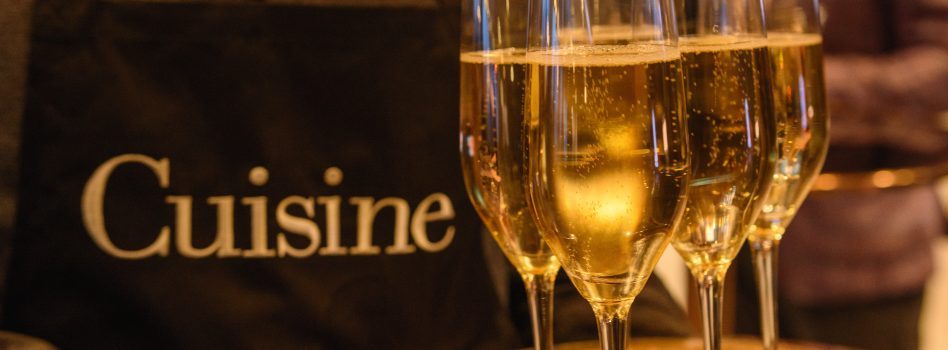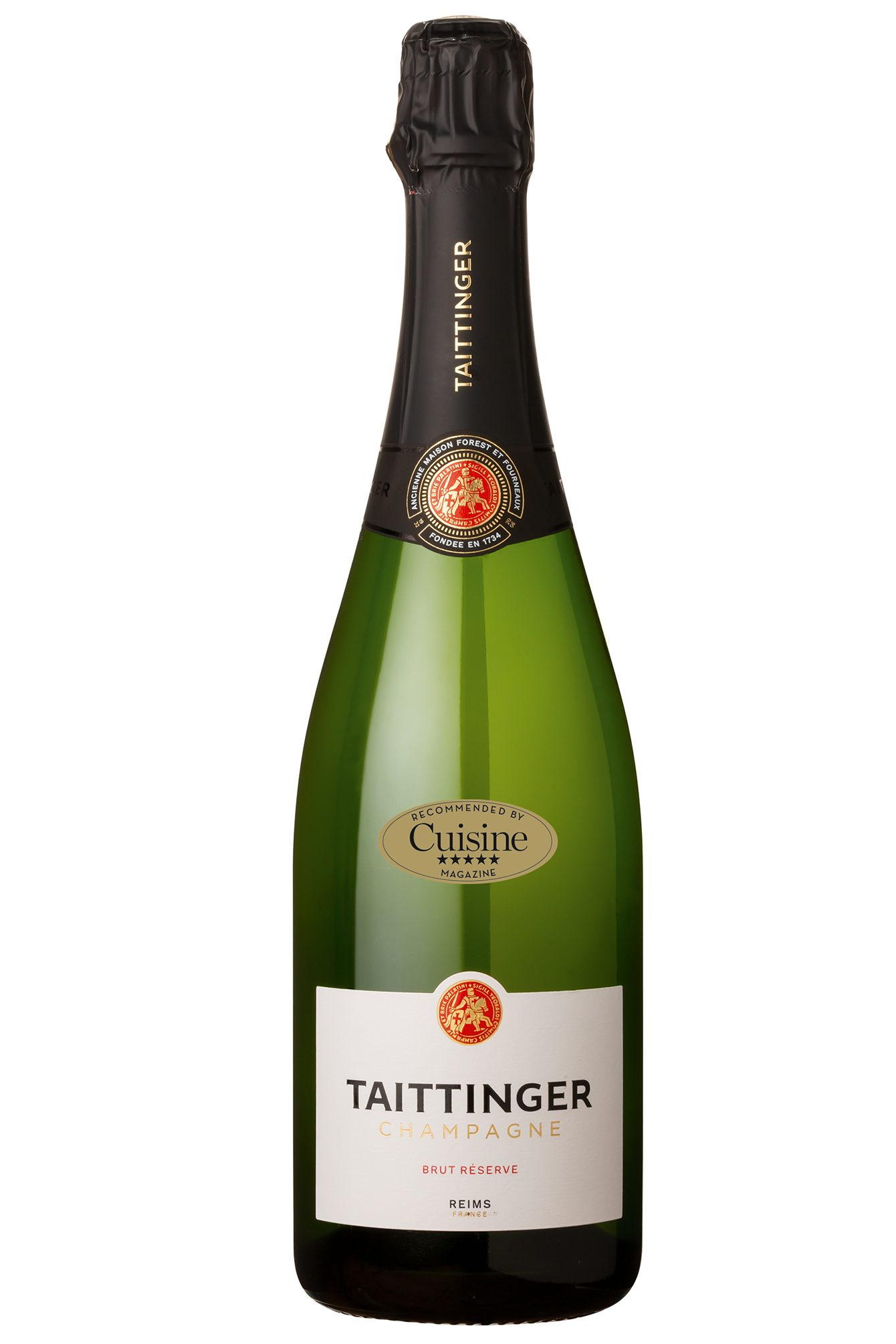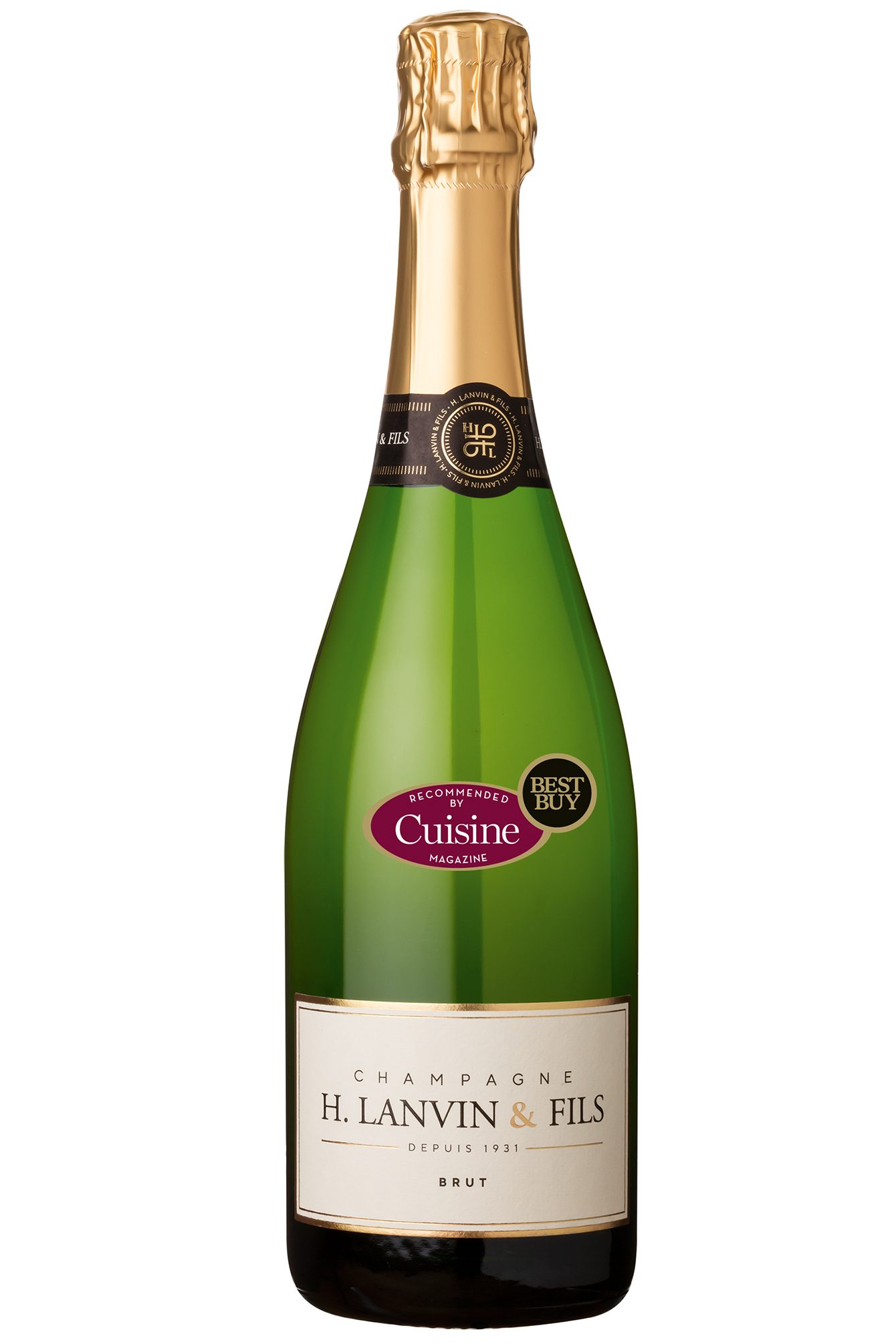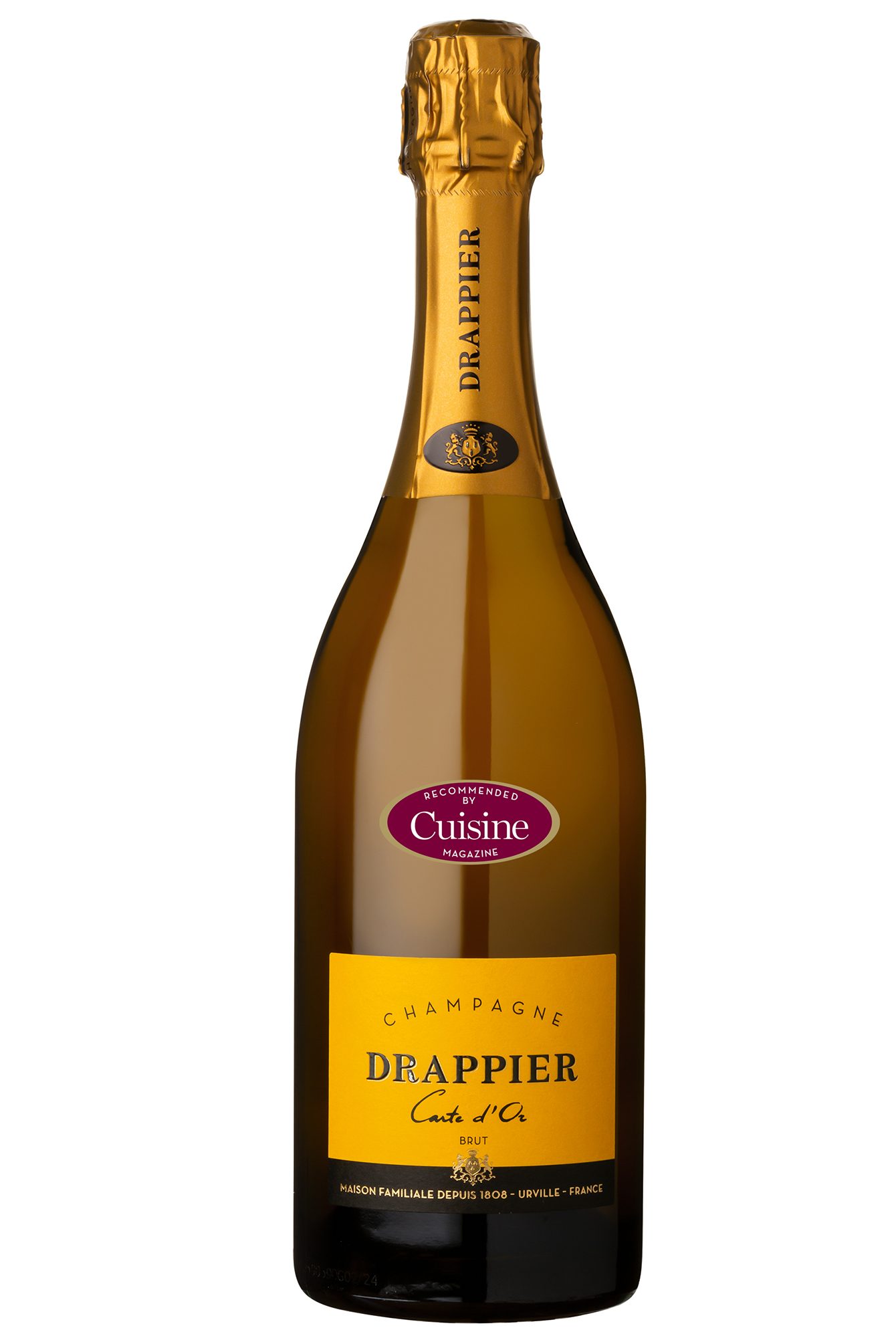Champagne Tasting results
There’s only one thing to top Champagne, and that’s pink Champagne, says MARY-THÉRÈSE BLAIR.
There are few who enjoy wine that don’t enjoy Champagne; there’s just something about champagne that’s joyful. It’s the luxury, the history, the feeling that you’re sipping something special. To my mind the only thing more joyful than Champagne is pink Champagne. So you can imagine my utter delight that our top Champagne is a rosé, a style which was invented in 1818 by a woman, Madame Barbe-Nicole Clicquot AKA Veuve Clicquot. While Ruinart had been experimenting with rosé for some time, the method of making rosé Champagne by blending red wine into the cuvée prior to the second fermentation in bottle is credited to Veuve Clicquot, the woman who inherited her husband’s Champagne house upon his death and turned it into the iconic brand that still flourishes today. Her blending method is also the most common way that rosé champagne is made today. When you’re raising a glass this Christmas, make sure to toast Mme Clicquot and champagne; liquid joy, whatever the colour.
top Champagne
Piper Heidsieck Cuvée Rosé Sauvage NV
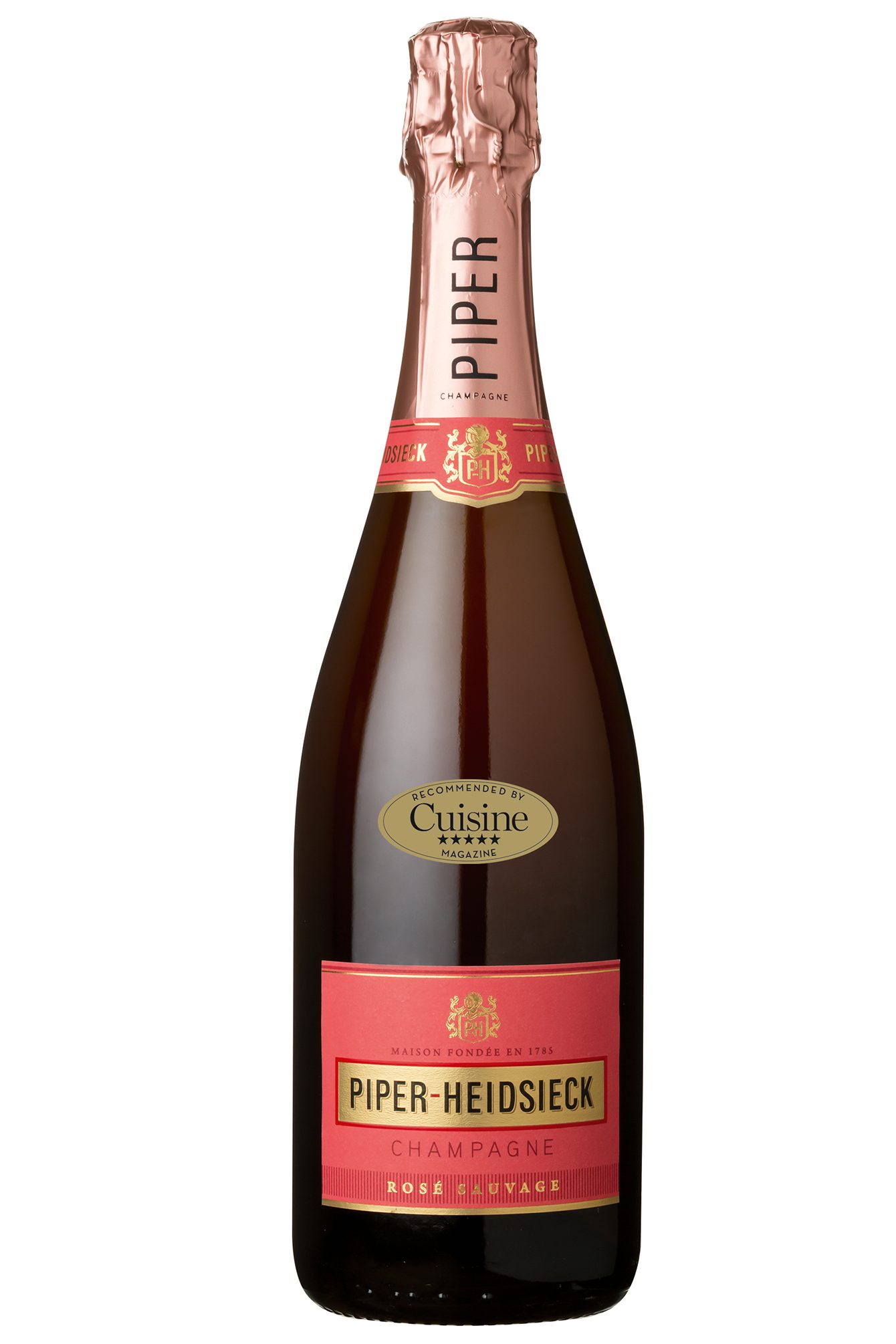
I find the history of Champagne fascinating. Each time I look for information I am inevitably found some time later down a virtual rabbit hole of family dynasties and disputes, political unrest, royal coronations, haunted cellars, war-time devastation and more. The modern day soap opera has nothing on 18th, 19th and 20th-century Champagne.
The longer the history, the more fascinating the story. When you consider that Piper Heidsieck is one of the oldest champagne houses founded in 1785 by Florens-Louis Heidsieck, you know stories abound. Heidsieck understood the power of influence when it came to a luxury product. He presented his first ever cuvée personally to Marie Antoinette stating that it was “a cuvée worthy of a queen”. Apparently the Queen fell in love with the first sip and became an ambassador for Heidsieck. Granted, that patronage didn’t last long due to significant historical factors, but the Heidsieck brand continued to be beloved by nobility with 14 royal or imperial courts issuing Piper Heidsieck royal warrants by the early nineteenth century.
Piper Heidsieck remains a household name today and to survive in any industry one needs to evolve and take risks, including new products and doing things differently. Sauvage means ‘wild’ and truly this wine is a rosé quite unlike a lot of others you might find in Champagne. Straight away the colour is deep and bold, the nose is lovely with layers of strawberry and chocolate. It’s the first sip when this wine truly reveals itself; it manages to be rich, ripe, fresh, intense, soft and powerful all at the same time, creating a symphony of flavour in the mouth. Full bodied, perfectly structured and timelessly elegant. (A)

-
Piper Heidsieck Cuvée Brut NV
This wine is very lifted and characterful on the nose with aromas …
2 -
Taittinger Brut Réserve NV
Citrus flowers on the nose go alongside creamy lemon sorbet and lovely …
3 -
Pol Roger Brut Reserve NV
A golden glow in the glass with a toasted lifted creamy complexity …
4 -
Champagne Charles Hubert Cuvée Prestige 2018
Fresh and bright on the nose with some doughy brioche aromas alongside. …
5 -
Henriot Brut Souverain NV
On the nose fresh white blossom sits against contrasting rich honey and …
6 -
Champagne Ayala Brut Majeur NV
Expressive on the nose with toast, white chocolate, cream and nutty marzipan …
7 -
Mumm Grand Cordon NV
Fresh and bright on the nose with lovely citrus and white florals …
8 -
Champagne Laurent-Perrier La Cuvée NV
Fresh and fruit driven up front with citrus and crunchy red-apple aromas …
9 -
H.Lanvin & Fils Brut NV
Vibrant in the glass with a golden hue and an enticing lifted …
10 -
Heidsieck & Co Champagne Monopole Blue Top Champagne NV
Verging on gold in the glass with lots of apple, citrus and …
11 -
Drappier Carte d’Or Brut NV
Aromas of cream and nuts on the nose that belie the palate …
12 -

Star ratings for this tasting
- Outstanding 7
- Excellent 5
- Very Good 7
- Good 1
- No Award 1
- Total Entries 21

